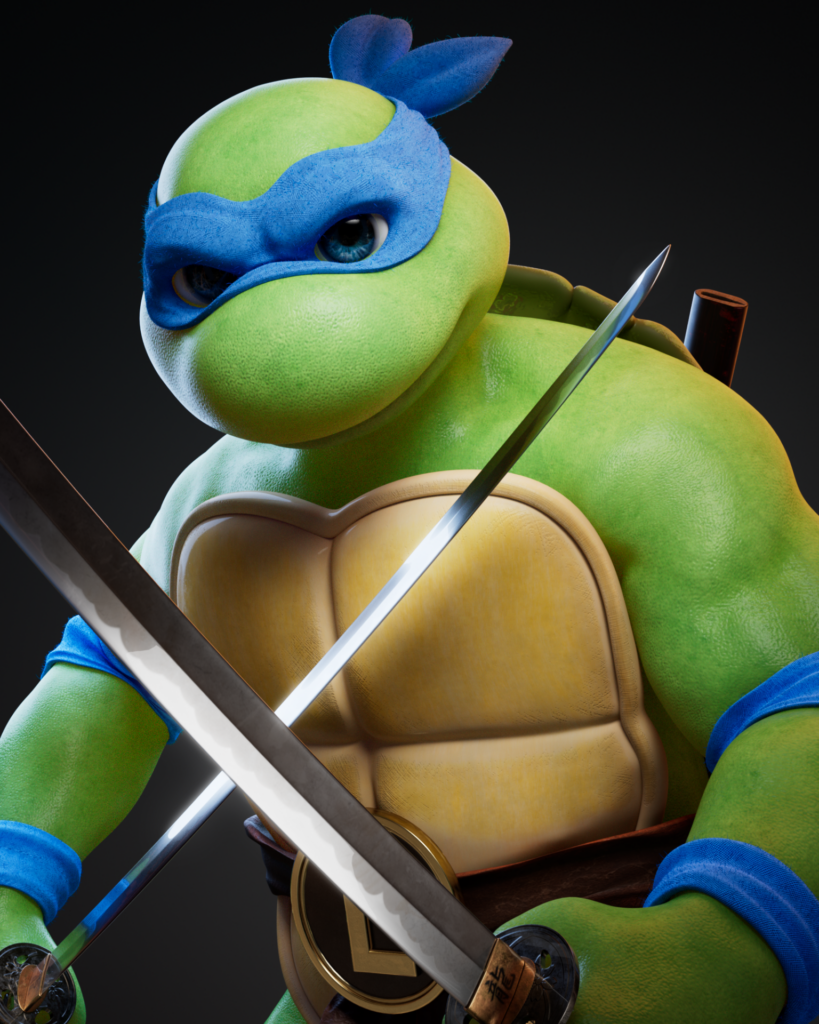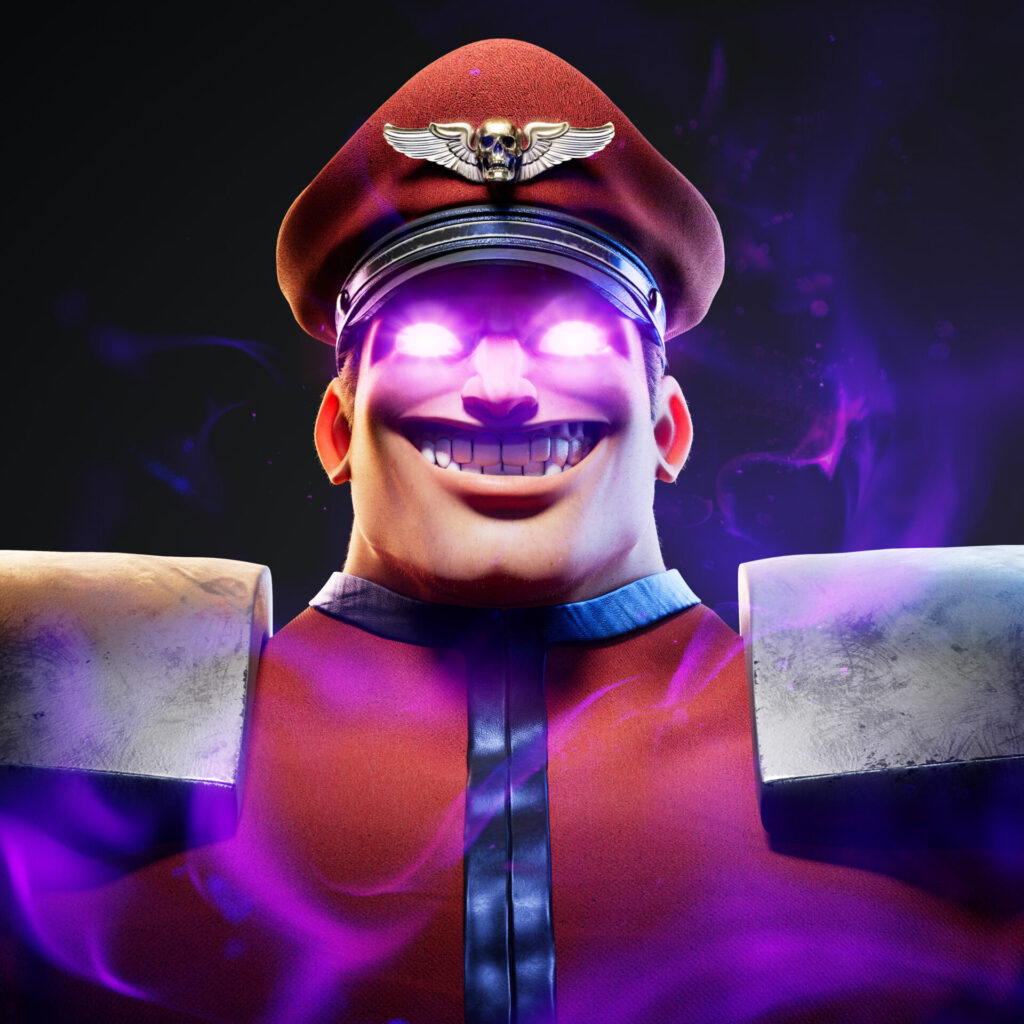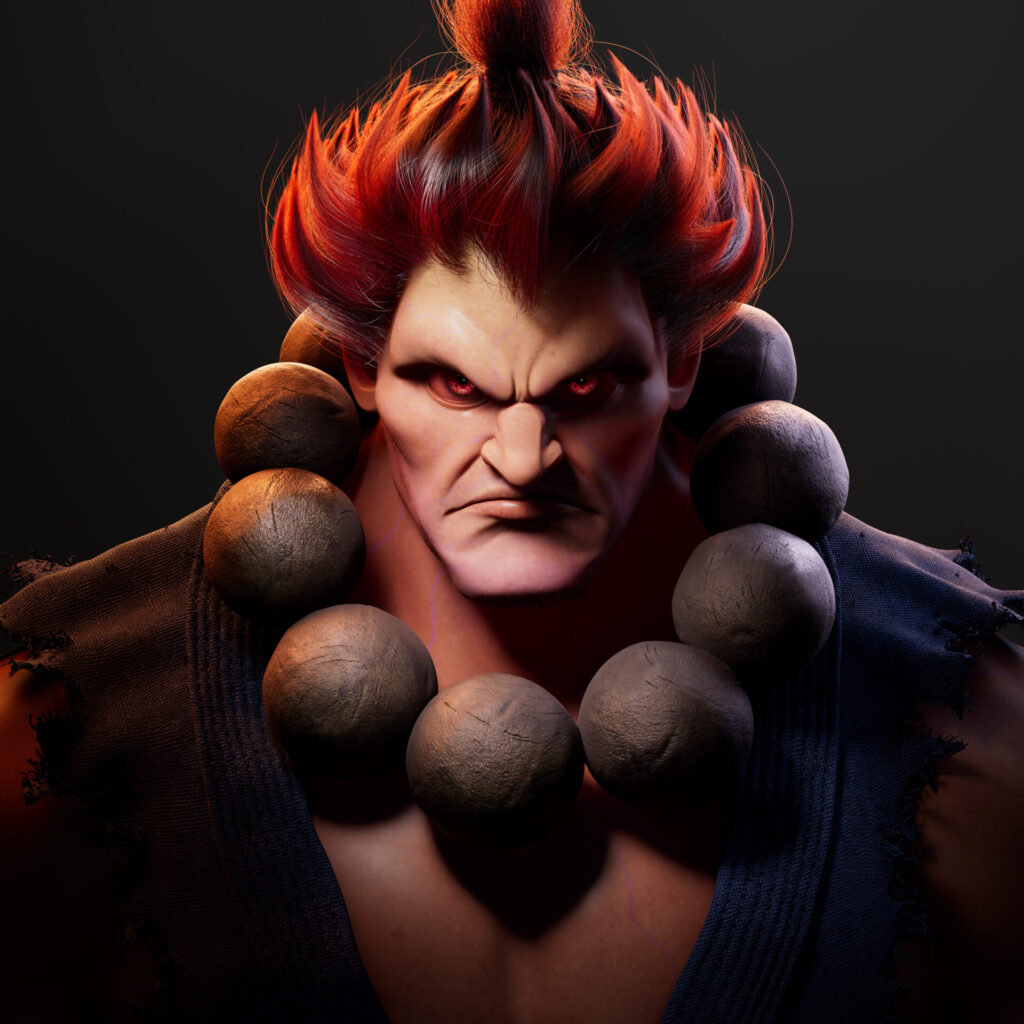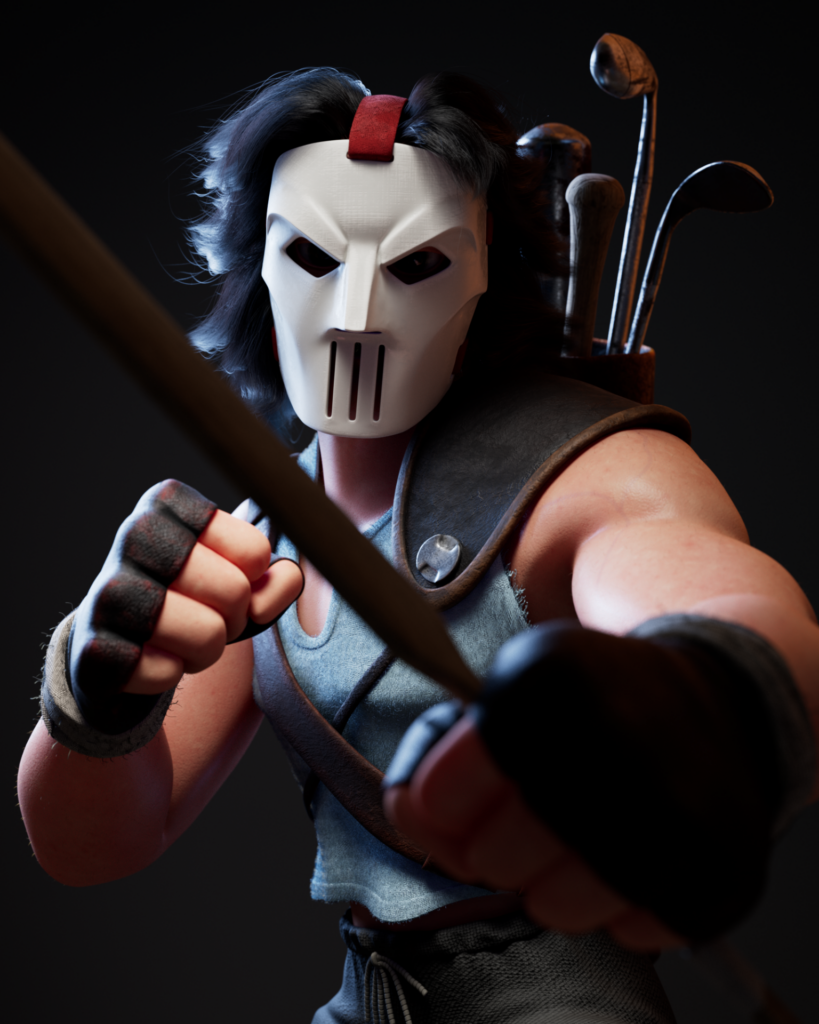After teaching himself 3D animation, Ricky Baba broke into the animated film industry and went on to work on projects for companies like DreamWorks, as well as in video games. His passion lies in his personal projects, where he recreates classic cartoon and game characters in a modern animation style.

Being a self-taught 3D artist in the animation industry, my path to success involved a lot of work towards growth and learning. I started as a 2D artist, but I learned 3D in Autodesk Maya during a job by asking my coworkers, who worked in 3D animation, questions. After exploring Maya more in-depth on my own, I found professional roles including work at DreamWorks, Instagram, and now Meta.
Focusing on self-improvement was worth the effort, but there are many things I hope to teach aspiring artists. Here are some quick industry tips to help you focus on, and move through, this journey.
Set goals for the road ahead
Learning the tools is important, but focusing on end goals is key when working and building skills. Breaking these goals down into smaller ones allows you to explore specific areas of the tools and processes you’re using. Trying to learn everything at once is a recipe for frustration. For example, if you’re looking to learn about lighting, you can unblock yourself by downloading free models or using Maya primitives to help you get started with lighting in Maya Arnold. Then, you take what you learned and apply it to your own projects.
It also helps to learn through projects that you’re not only excited for, but truly passionate about. The initial excitement of a project can fade, but passion is a long-lasting fuel.

Over the past few years during my personal creative time, I rendered nostalgic characters, including some from Street Fighter and Teenage Mutant Ninja Turtles, in the style of popular animated feature films to post on social media and in my portfolio. These personal projects are important enough to me that I maintain separate Maya software keys for personal and professional use.

Stay aligned with the industry and colleagues
It’s important to be in touch with animation industry colleagues as well as those in other similar industries. I owe much of my growth to opportunities presented by old friends, and several of my jobs came through referrals from college classmates. To this day, I still cross paths with fellow alumni from Sheridan College. Be sure you know how to communicate with these colleagues and coworkers for more professional growth, too.
It’s especially useful to learn the direction the animation industry is moving in and be agile, as I did with 3D modeling and Maya early in my career. Over the years, new work in other industries has emerged, and talent has migrated toward these new challenges as they arise.
Mobile gaming and AR/VR have absorbed some talent from animation, as the animation skills are often transferable, including Maya for animation and modeling. Proving you can be aligned with your coworkers in any industry will make you more useful and help you move through your professional career.
Keep learning and practicing
Working to learn new skills and improve upon them is vital to becoming and staying a good artist. While Maya is my primary tool now, I only learned about it at my second job as an artist. I worked as a concept artist at a small 3D animation studio where the 3D pipeline was built on Maya. I was one of the few 2D artists at the studio at the time, but I became curious about Maya and other 3D animation tools, started asking questions, and eventually began experimenting with these softwares on my own.

Nowadays, part of my exploration into new art tools includes AI software. Ideally, I hope to see AI tools that accelerate tedious tasks and enhance my process so I can focus on the art.
Moreover, the learning process is important enough that I want to make my next step in art helping others to learn tips and tricks. Given that I’m self-taught, I’d like to share the simple tricks I wish someone had told me when I started. I’ll continue creating art, but I’ll also use the process as a way to share knowledge. My focus will be on beginner techniques, aiming to demystify Maya.
As for all artists who still hope to break into the space, it’s important to always keep working through things, even those that are frustrating. It’s okay to create bad art, so long as you work through this to get to what you want. There’s no shortcut to getting to make good art. It’s part of the creative process!

Learn how other industry leaders tackle the latest developments in 3D animation with the help of Autodesk solutions.